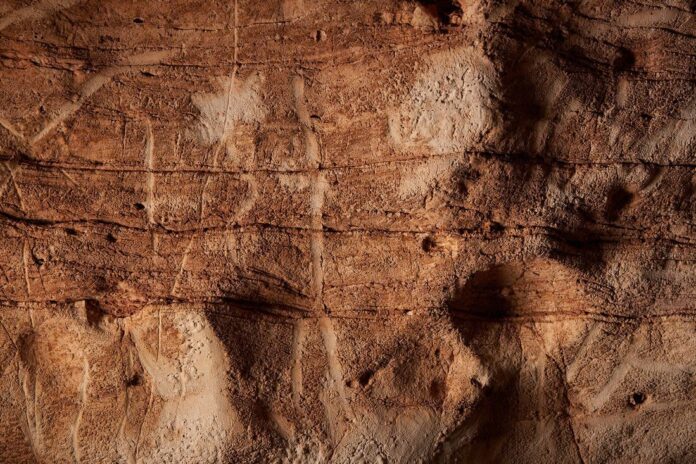Remarkable Discovery in Catalonia’s Cova de la Vila
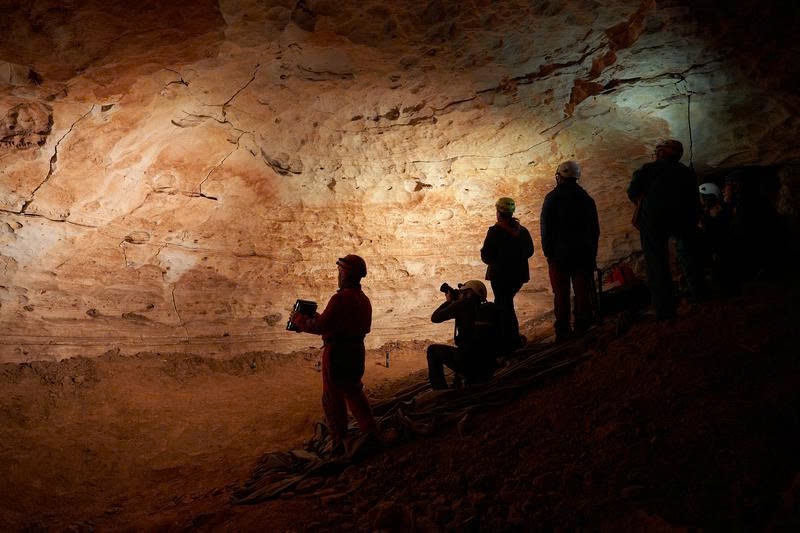
In a thrilling archaeological find, over 100 prehistoric engravings have been uncovered in the Cova de la Vila cave in La Febró, Tarragona, nestled in Spain’s northeastern region of Catalonia. This exceptional discovery, made in May 2021, has left researchers in awe of its uniqueness and remarkable state of preservation.
A Window into Ancient Agricultural Societies
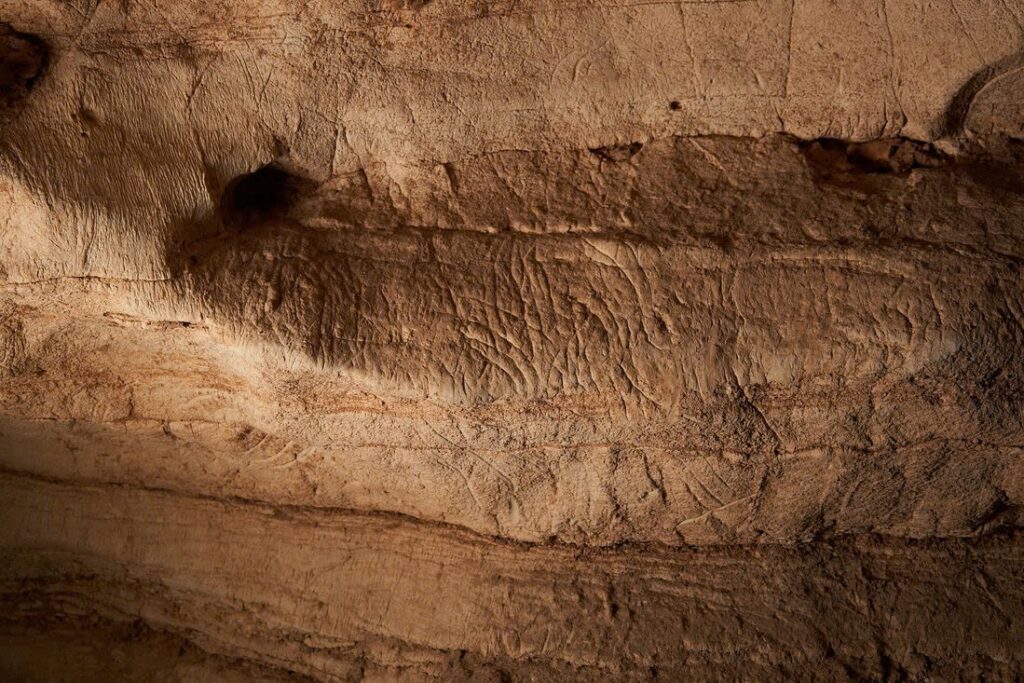
The engravings, etched onto an eight-meter panel, offer a rare glimpse into the worldview of early farming communities. Experts believe these intricate designs date back to between 5,000 and 3,000 years BC, bridging the Chalcolithic and Bronze Age periods.
Artistic Techniques and Symbolism
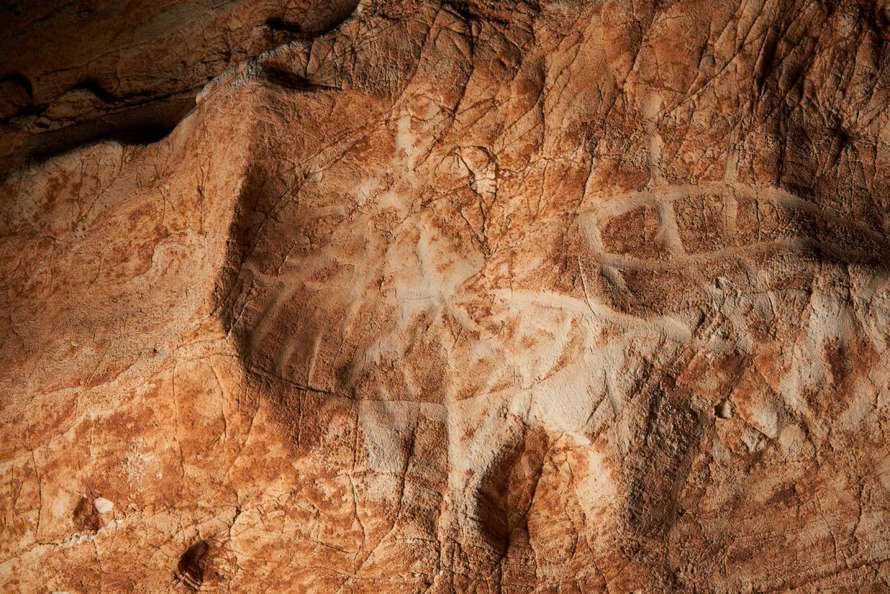
Using stone or wood tools, ancient artists created a diverse array of figures including horses, cows, suns, and stars. The composition features five horizontal lines adorned with various schematic representations, each holding its own symbolic significance. From zoomorphic figures to geometric patterns and celestial symbols, the engravings paint a vivid picture of prehistoric life and beliefs.
Preservation Challenges and Conservation Efforts
Fragile Beauty
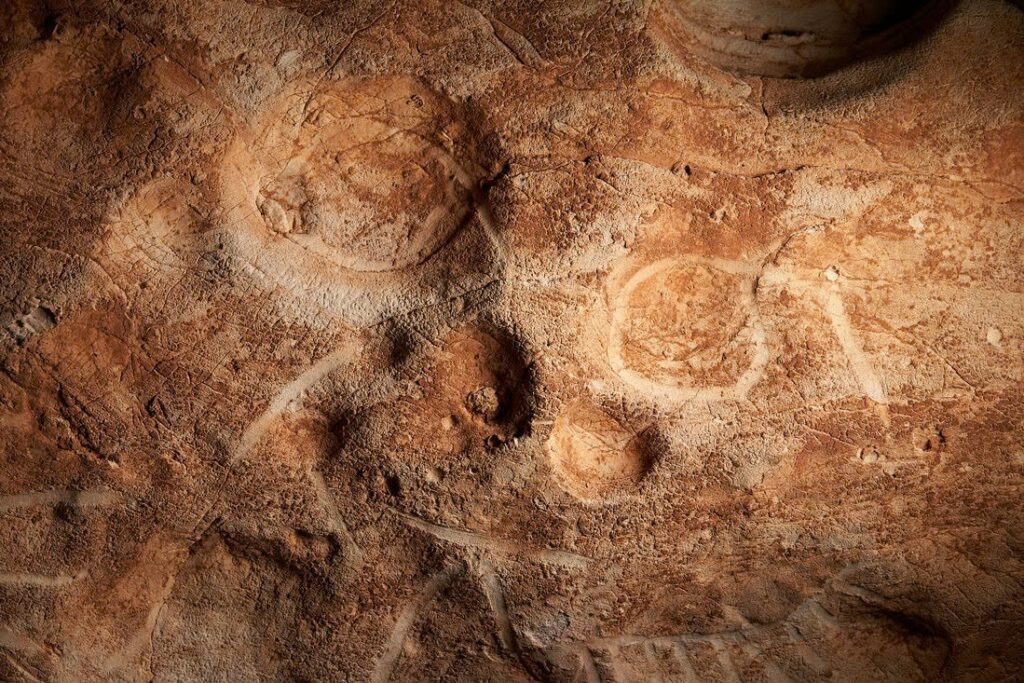
While the engravings remain in exceptional condition, their location on a soft, humid surface poses significant conservation challenges. Recognizing the site’s vulnerability, local authorities and research institutions have collaborated to implement protective measures, ensuring stable atmospheric conditions within the cave.
A Unique Testament to Mediterranean Prehistoric Art
Experts hail the Cova de la Vila engravings as potentially one of the finest examples of post-Paleolithic subterranean abstract art in the entire Mediterranean region. This extraordinary find not only enriches our understanding of prehistoric cultures but also highlights the importance of preserving our shared cultural heritage.
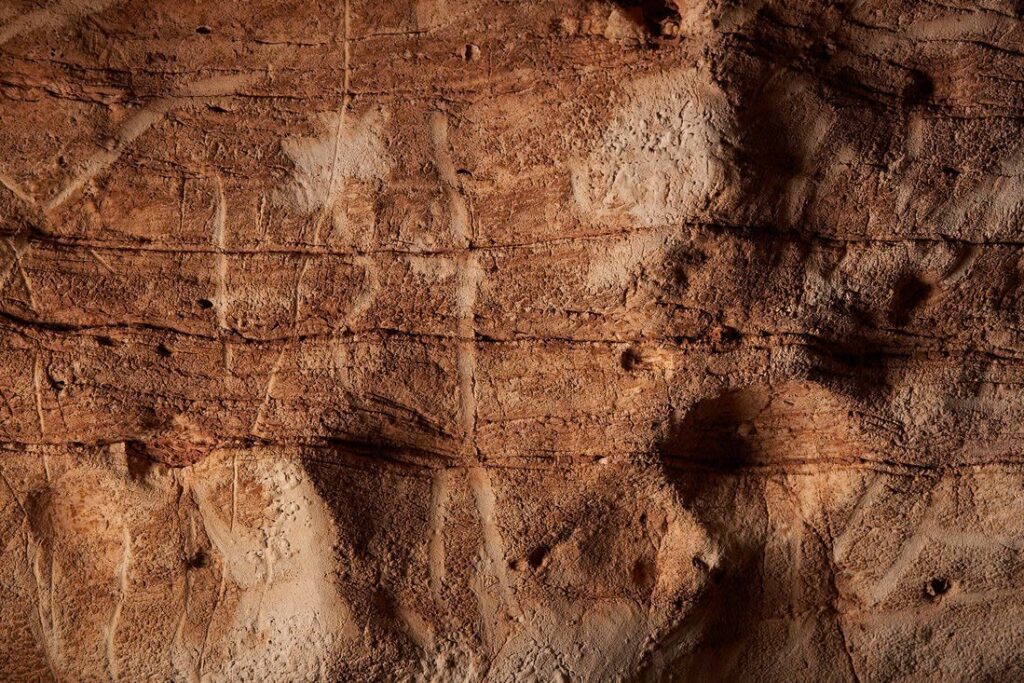
As researchers continue to study this remarkable site, the Cova de la Vila engravings stand as a testament to the artistic expression and complex worldviews of our ancient ancestors, offering invaluable insights into the dawn of agricultural societies in the Iberian Peninsula.
